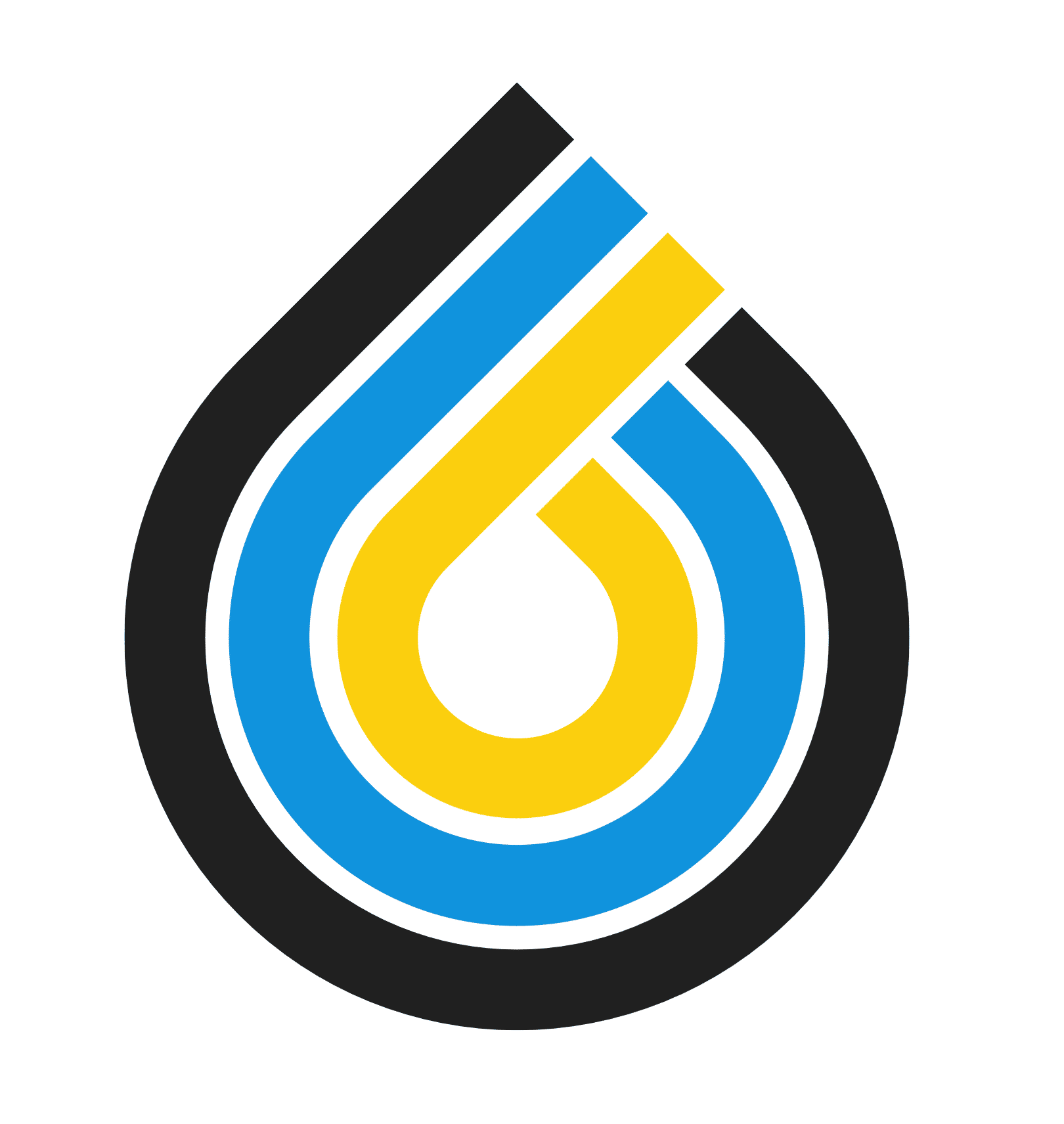Well Disinfection FAQ
Why are we disinfecting your well?
The Ministry of Environment (MOE) requires us to complete a well disinfection following well “construction” activities. This includes changing a submersible well pump or foot valve. More information can be found in Regulation 903.
Can I use my water during disinfection?
No. You cannot use any water during the disinfection period. You may use the water again once the chlorine is removed from the well. The wells regulation requires a disinfection period of 12-24 hour.
Should I get my water tested for bacteria after the disinfection?
Yes. We recommend getting your water tested for bacterial indicators of contamination (E. coli and total coliforms) by Public Health or a licensed lab before drinking it. It’s also recommended that another water test be carried out a month or so following the initial test.
How do you disinfect the well?
We first calculate how much chlorine is required to dose the well t0 between 50 milligrams per litre (mg/L) and 200 mg/L. We then add the chlorine solution to the well and circulate using the well pump. This is done to mix the chlorine throughout the water column in the well. The chlorine then needs to sit for 12-24 hours to disinfect the well and equipment in it. We then check for a residual amount of chlorine. If the residual levels are good, we pump the remaining chlorine from the well. If the residual levels are bad, we must start the process over again.
What if I have no other source of water? Do I have to do 12-24 hours?
If you have no other source of water and your pump failed unexpectedly there is an exemption to the full disinfection process. MOE states that:
The “shock” chlorination process after the initial dosing (i.e. step 1) does not apply to an alteration of a well if all of the following are satisfied:
- the alteration involves the urgent replacement or repair of a pump, including associated equipment, that unexpectedly failed,
- no water supply is immediately available to the well purchaser as an alternative to the water from the well, and
- the well purchaser provides written instructions to the person who undertakes the well alteration to discontinue the disinfection process after dosing the well to a concentration not less than 50 mg/L and not more than 200 mg/L free chlorine.
In these cases, the following is required:
- The well purchaser must ensure that, before the well water is used for any purpose, water is pumped from the well until no odour of chlorine is detected in the well water.
- The person who undertakes the alteration must retain the written instructions referred to above for two years.
How do I know when there is no more chlorine in the water?
We use chlorine test strips to ensure that there is no more chlorine residual in the water. If the exemption applies to you, make sure to pump the water until you no longer smell chlorine before using it. We can also leave you some test strips with you so you can check the residual levels yourself. Generally if the test strip remains white, there is no more chlorine left in the water.
What can cause bad residual levels?
If the chlorine in the well gets depleted, we may find there is no residual reading after 12-24 hours. Factors such as high iron can cause the chlorine to be used up before the disinfection period ends. If this happens we must start the process over again from the dosing step.

